Hammersmith Bridge sees stabilisation progress but full repair in doubt as cost hits £250M
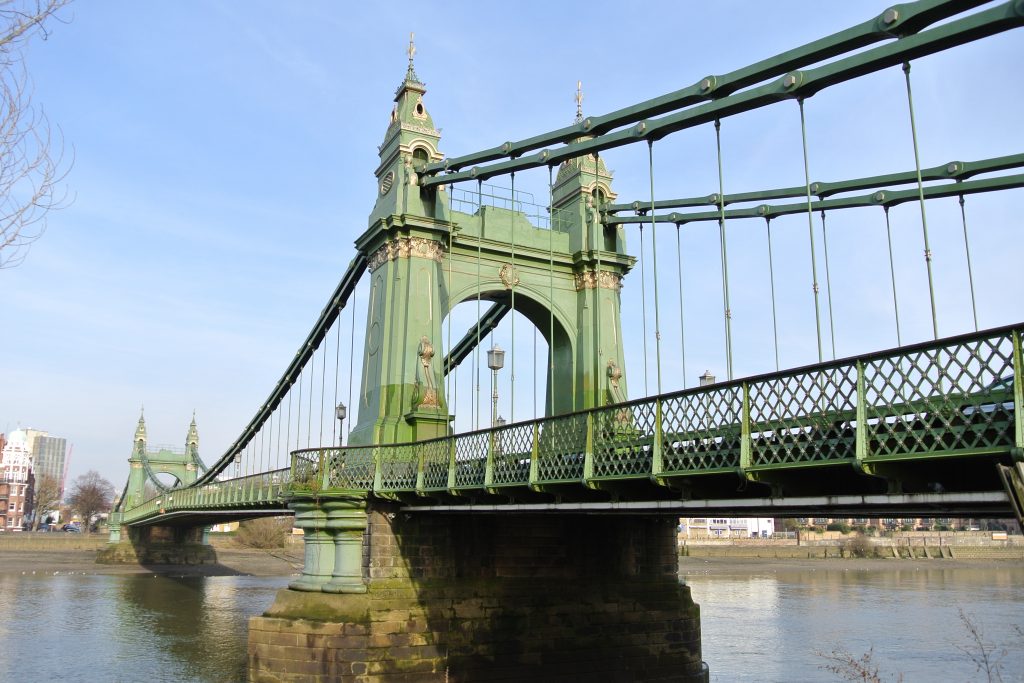
This post was originally published on this site

The stabilisation of Hammersmith Bridge will progress this year but a full repair is now in doubt as the cost estimate has hit £250M.
The news comes as we approach the five-year anniversary of the 137-year-old Grade II listed bridge’s closure to road traffic due to safety fears. Pedestrians and cyclists were later barred from crossing in 2020 due to cracking in the cast iron pedestals caused by the heatwave. A warning of potential “catastrophic” failure came shortly after.
The bridge was deemed safe to reopen to cyclists and pedestrians in 2021 but a stabilisation plan put together by Mott MacDonald was to be undertaken prior to a full repair job.
The first step of the stabilisation plan is for custom steel support frames to be fitted around the cracked iron pedestals. FM Conway is the contractor currently carrying out the work, which was delayed due to issues sourcing the metal from Ukraine amidst the ongoing conflict.
The steel arrived in the UK in May 2023 in the form of 29 giant sheets. Specialist sub-contractor Taziker cut it into 1,220 pieces that were welded together to be fitted onto the cracked pedestals for support.
Work to fit the supports onto the pedestals has nearly completed. However, some small pieces of the custom steel frames are in need of adjustment. They have been sent back to Taziker’s Middlesborough factory, where they will undergo the needed modifications.
London Borough of Hammersmith and Fulham (LBHF) reports that, when the steel supports have been finalised, work will move on to the next stage of stabilisation. This will see the bridge jacked up and bearings replaced.
LBHF remains confident that the stabilisation process will be complete this year. This will allow cyclists to ride across the bridge once again, rather than wheeling them. Road traffic will still be blocked from accessing the bridge.
Hammersmith Bridge was dealt a further unfortunate further blow in December when it was hit by a party boat carrying West Ham fans to attend the club’s match against Fulham.
LBHF reports that the roughly 100m gantry that runs under the bridge was damaged in the incident. This is crucial for supporting any work that needs to take place to the underside of the bridge and must be fixed before full repairs can take place.
However, the likelihood of a full repair appears to be growing remote, with the latest estimate from LBHF totalling £250M – over £100M more than the previous estimate.
In 2021 it was agreed that the funding would be split three ways between LBHF, Transport for London (TfL) and the Department for Transport (DfT). However, the business case has been sitting with the DfT for over two years without approval, meaning funds cannot be released by the DfT and TfL.
LBHF has now said it can only fund its £83M share of the cost if it is allowed to implement a toll order or a road user charge on the bridge once it reopens to traffic. LBHF is due to consult on this plan.
However, the rising cost has been said to have caused a “stalemate” between the three funding parties. A specially formed task force to work on a solution for Hammersmith Bridge has not met for over two years.
Liberal Democrat MP for Richmond Park Sarah Olney told the Evening Standard: “I think it’s increasingly possible that it won’t reopen to traffic.” She said that only central government can now afford to pay the bill, with the sum being unrealistic for a local council.
This was a sentiment echoed by other Standard sources, with Labour MP for Putney Fleur Anderson saying: “The frustration is that if the government had said ‘this is a national transport route and a major London artery, we have got to fix it’ when it was first closed, the bill would have been far, far less and it would be open by now.
“These increasing costs make it less likely the work can ever be done. I would like the government to say ‘this is a national route. We will fund it.’” Asked when she thought the bridge would reopen, she said: “It’s several years away from when we get funding — we have not even got the funding.”
Richmond council leader Gareth Roberts said: “This whole business of tolling could be avoided if the government kept the promise it made in 2019 and just funded the repairs. It’s that simple.
“Because they failed to fund the repairs when they said they would, the costs have now rocketed, making it even more difficult for Hammersmith & Fulham and TfL to cover the costs they’re being asked to cover.”
The full repair plan will involve the erection of a second deck above the existing deck to provide crossing for all traffic while works are undertaken on the bridge itself. This “double decker” solution, put together by Foster + Partners and Cowi, has already seen £3.5M committed to it from LBHF for ground investigations and further feasibility studies.
This work has now been completed and the double decker solution will be taken forward, once the business case has been passed and funds released.
Like what you’ve read? To receive New Civil Engineer’s daily and weekly newsletters click here.
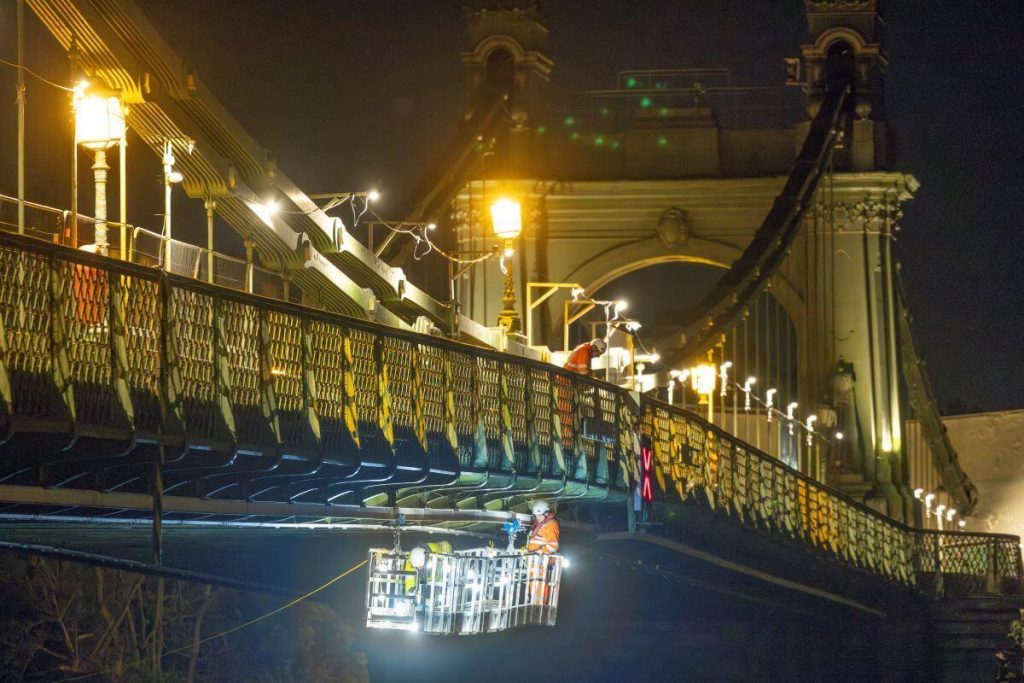

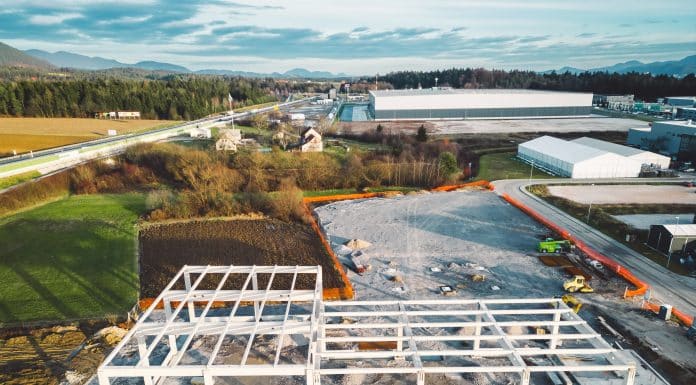
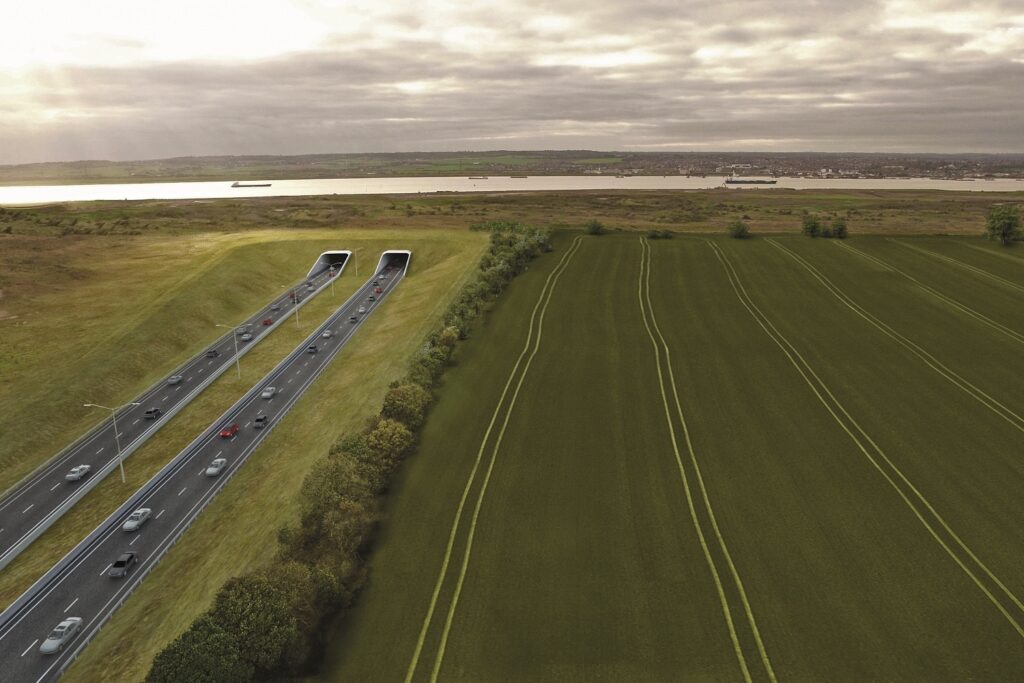
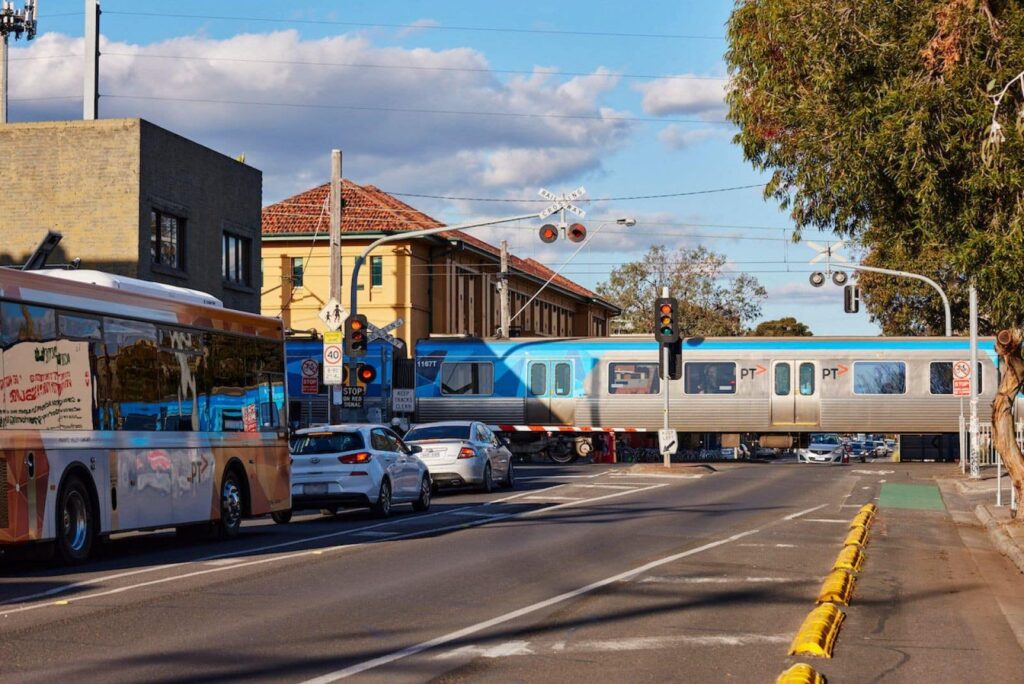
Responses